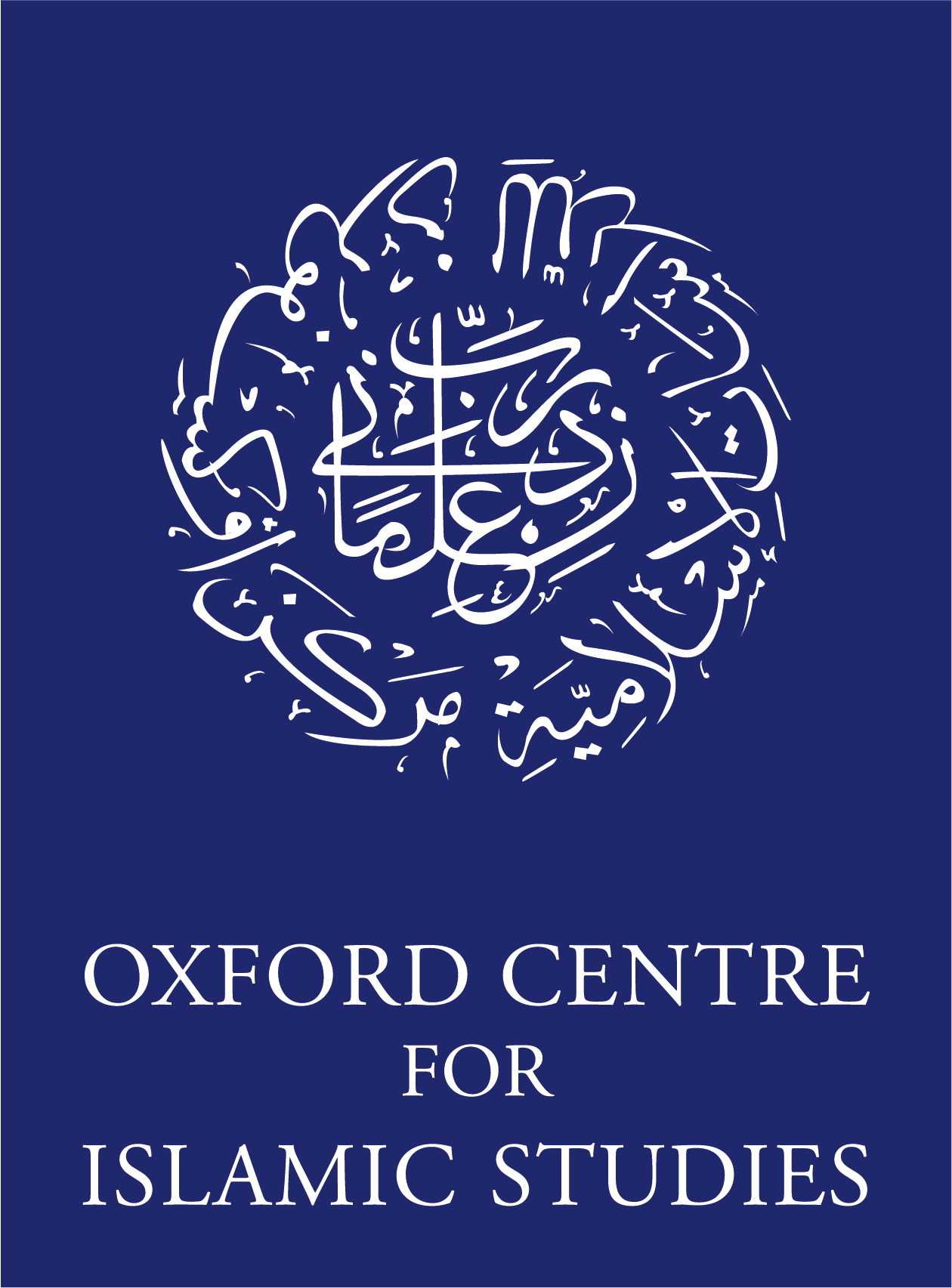Counting Shaykhs in Hadith Collections
Professor Melchert here reviews various attempts to characterize the geography of hadith transmission in the early centuries. Case studies are Sufyān al-Thawrī (Kufan, d. 161/777?), Saʿīd ibn Jubayr (Kufan, d. 95/714?), al-Awzāʿī (Syrian, d. 157/773-4?), Ibn al-Mubārak (Khurasani, d. 181/797), Aḥmad ibn Ḥanbal (Baghdadi, d. 241/855), Abū Dāwūd (Sijistani, d. 275/889), al-Bukhārī (Transoxanian, d. 256/870), al-Nasāʾī (Khurasani, d. 303/915-16), Mālik (Medinese, d. 179/795), al-Shaybānī (Baghdadi, d. 189/804-5), and Abū Nuʿaym (Isfahani, d. 430/1038). Two major patterns recur. First, hadith and associated teaching spread very unevenly. Among other things, hadith transmission on a significant scale reached North Africa, Mesopotamia (al-Jazīrah), and Khurasan only in the ninth century, while Medina seems to have produced few significant transmitters after Mālik. Secondly, biographical dictionaries are of significant but limited usefulness when it comes to telling us about the movement of knowledge from region to region. In particular, their lists of teachers and students need to be supplemented by study of actual hadith collections.
Professor Christopher Melchert has degrees from the University of California at Santa Cruz (AB), Princeton University (AM), and the University of Pennsylvania (Ph.D.), all in History. He has taught at the Faculty of Oriental Studies, Oxford University, since 2000. To date he has published over 70 articles in journals and edited collections. He co-edited Modern hadith studies (EUP, 2020) and has written three books: The formation of the Sunni schools of law, 9th-10th centuries CE (Brill, 1997), Ahmad ibn Hanbal (Oneworld, 2006), and Before Sufism: early Islamic renunciant piety (de Gruyter, 2020).
To join the seminar please register.
